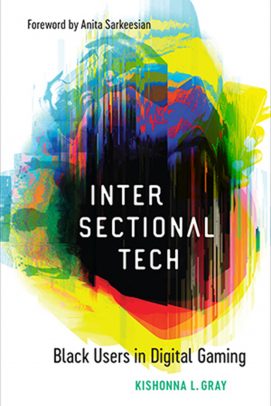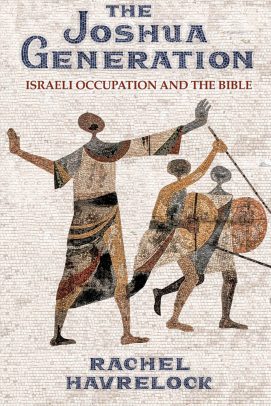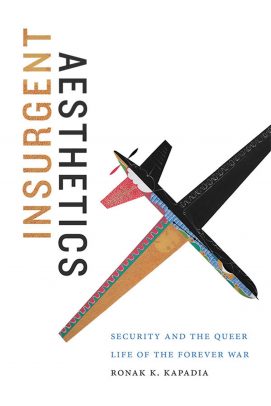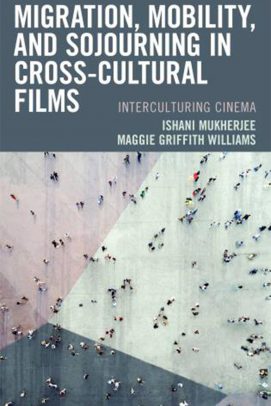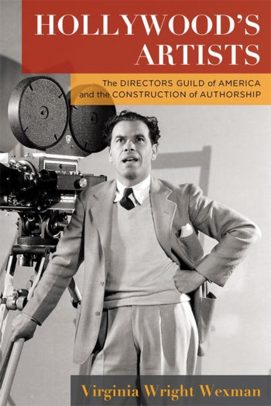Faculty publications for your winter reading list
Whether you are looking to explore a new subject area or relax on a winter day with an interesting book, below are some recent faculty publications to consider for your reading list.
“Tall Buildings and the City: Improving the Understanding of Placemaking, Imageability, and Tourism” by Kheir Al-Kodmany, professor of urban planning and policy
Al-Kodmany’s latest book offers a new way of understanding the role of tall buildings in promoting placemaking in cities, and examines Chicago in depth, accompanied by attractive photos of the city. He explores what makes cities and their skylines memorable, the best ways of using a city’s iconic nature to better attract tourists, and enhancements to the sense of place that people experience in a city.
“Vineland Reread” by Peter Coviello, professor of English
Coviello’s latest book is about Thomas Pynchon’s 1990 novel “Vineland.” While it may not be the most popular Pynchon novel, Coviello says it provides an important look at difficult political moments and offers some foresight on current events. In a piece published by the Boston Review, he addressed the book’s connection to the present. “Vineland Reread” is a “penetrating and nuanced work of literary criticism,” according to a Publishers Weekly review.
“Intersectional Tech: Black Users in Digital Gaming” by Kishonna Gray, assistant professor of communication and gender and women’s studies
Through extensive interviews covering identity development and justice issues in gaming, Gray brings attention to the marginalization of Black gamers and explores the potential for digital culture to foster critical consciousness, aid in participatory democracy and effect social change. While normalization of whiteness and masculinity in digital culture leads to the isolation, exclusion and punishment of marginalized populations, she argues that the prejudice, discrimination and microaggressions outside of the gaming world that sustain the oppression also must be examined.
“The Joshua Generation: Israeli Occupation and the Bible” by Rachel Havrelock, associate professor of English and Jewish studies and founder and director of the Freshwater Lab at UIC
Havrelock looks at the composition of Joshua, showing how it reflected the fractious nature of ancient Israelite society and a desire to unify the populace under a strong monarchy. She details how the biblical text, which features conquest and genocide, became a founding story of modern Israel and its relevance to contemporary militant nationalism. Havrelock is the author of “River Jordan: The Mythology of a Dividing Line” and the coauthor of “Women on the Biblical Road: Ruth, Naomi, and the Female Journey.”
“Insurgent Aesthetics: Security and the Queer Life of the Forever War” by Ronak Kapadia, associate professor of gender and women’s studies
Kapadia, an interdisciplinary cultural theorist of race, security, sensation and empire in the late 20th and early 21st century U.S., traces how the works of Arab, Muslim and South Asian diasporic multimedia artists in the U.S. and Europe have dealt with the American national security state’s use of gendered racial violence. The book was recently selected for the 2020 Surveillance Studies Network Book Prize and called “theoretically sophisticated, empirically rich, and a significant contribution to advancing the field of surveillance studies.”
“Migration, Mobility & Sojourning in Cross-Cultural Films: Interculturing Cinema,” by Ishani Mukherjee, clinical assistant professor of communication, and UIC alumna Maggie Griffith Williams
In a book topic inspired by their teaching experiences, Mukherjee and Williams analyze six cross-cultural films, through an intercultural communication lens, that connect to the complexities and implications of global movements. Each chapter explores how intercultural communication functions in the film’s storytelling and depictions of migration and mobility, and in the changes or stability of the characters’ relationships. The authors critique these cross-cultural media for how they inform audiences about real-life movements and intercultural experiences.
“Hollywood’s Artists: The Directors Guild of America and the Construction of Authorship,” by Virginia Wright Wexman, professor emerita of English
From editors and writers to cinematographers and boom operators, the work and talent of many different people are necessary for a Hollywood movie production, but why, for the most part, are directors considered the film’s artistic driving force, asks Wexman in her latest book. In “Hollywood’s Artists,” she details the Directors Guild of America’s rise in power among film industry unions and its role and influence that helped shape an elevated image of directors, both in Hollywood and in society in general.


